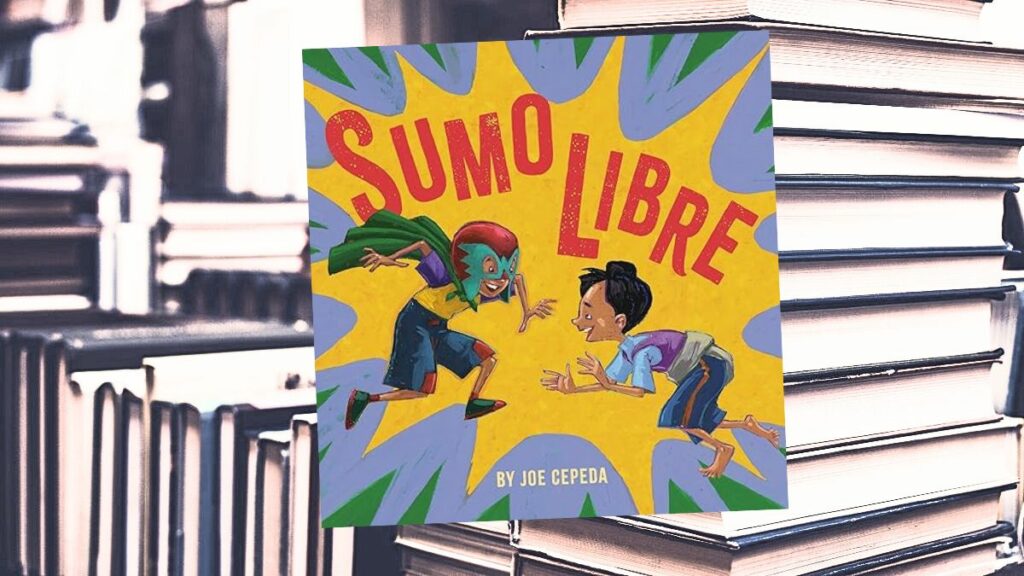Children’s picture books have to be colorful, engaging, and re-readable. They also generally share life lessons, whether subtly or overtly.
The new kid’s book, Sumo Libre, is all that and more.
It’s the brainchild of Joe Cepeda, a proud Angeleno, born and raised in East Los Angeles, who started out his career primarily illustrating other people’s stories, but with Sumo Libre, it’s all his.
When Sumo Libre came to my attention, I did a veritable plancha to grab a copy. It just sounded so intriguing from the title alone.
Through the years, I’ve become somewhat knowledgeable about Mexico’s lucha libre, usually from interviewing various stars when they have come to Toronto or gringo wrestlers who have found success in Mexico. There are very few books about lucha libre, and even fewer that are actual biographies/autobiographies — wait, there are pretty well none of those, aside from Rey Mysterio Jr.
I cannot say the same about sumo wrestling. Other than two late sumo wrestlers turned pro wrestlers, John Tenta and Yokozuna, my familiarity is scant … plus, any time I’ve hung out with Haku / Meng / King Tonga, I have been too scared to asked him about his days as a sumo.
To my delight, through Sumo Libre my insight into both wrestling disciplines has improved. Kudos to whomever decided to use the end papers (the pages at the beginning and end of a book, usually blank) to feature illustrations of the protagonists demonstrating moves like Oshi-taoshi and La Temblorina.
But kids are not picking up Sumo Libre again and again to study the moves. No, they want the story.
In an undisclosed small town, two young boys, Kenji and Max, from wildly different backgrounds, become friends, have a falling out over what is better, sumo or lucha, and then make up, bringing family and the neighborhood along for the ride. The lesson is pretty broad, just that friendships have ups and downs but that shouldn’t end the relationship.
“It’s really a story about two kids more than anything, who settle a difference. That’s really the heart of the story for me, and community,” said Cepeda in a short interview with SlamWrestling.net.
He had the idea almost a decade ago. Friends encouraged him to follow up on the nugget of an idea, a sketch that had been sitting dormant.
“I was very nervous to go on the internet to see and punch in sumo libre thinking somebody must have thought of this before, somebody certainly has. But I never found anything,” confessed Cepeda, who watched some pro wrestling growing up but wouldn’t consider himself a big-time fan by any means. “So I just went ahead, and I wrote the story.”
While it’s not set in any specific place, Cepeda sees a lot of history there. “For me, it’s a neighborhood familiar to mine. I grew up in East Los Angeles. It feels like Southern California to me,” he said. “I just enjoy stories that have that universal sort of feel to them that are not specific to a place necessarily unless they have to be, nor even a time. If you can broaden the time to a degree, then I just think it’s more available to more people.”
As for the facts, Cepeda did the research, but smartly reached out to experts to verify the terminology on the lucha libre and sumo fronts.
All in all, Sumo Libre is vibrant and chock full of little details that you might not notice on a first read.
If you find yourself reading Sumo Libre with your youngster, don’t be surprised if they want to try out La Altanida or Tottari on you.
RELATED LINKS
- Buy Sumo Libre at Amazon.com or Amazon.ca
- SlamWrestling Master Book List

